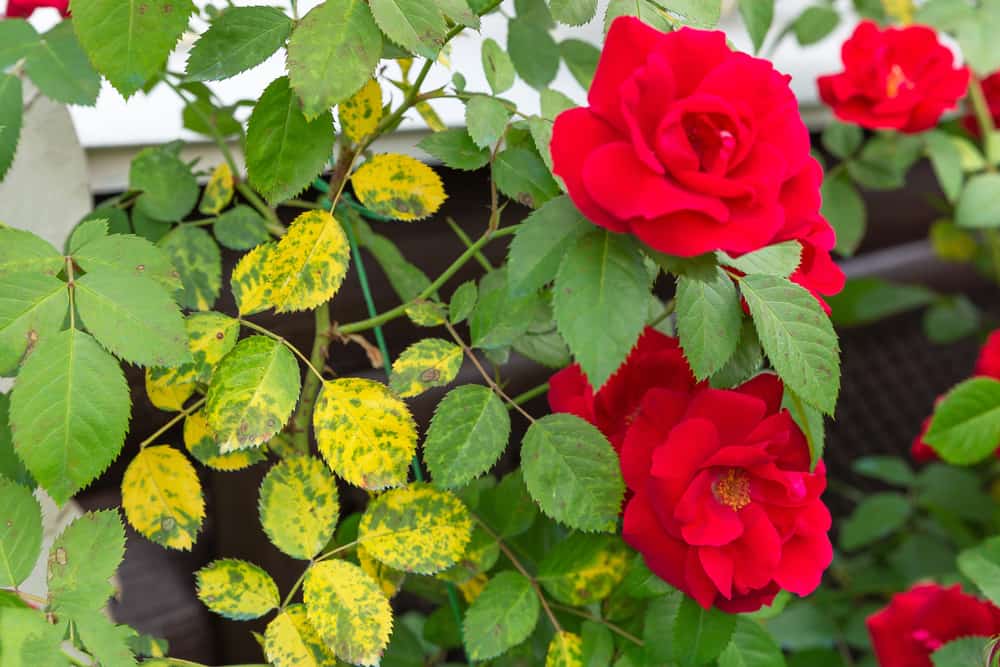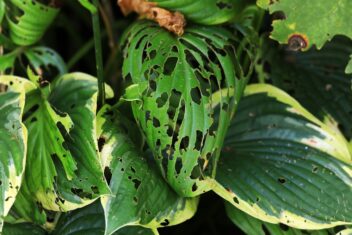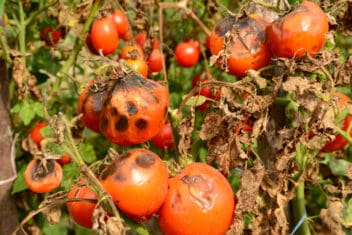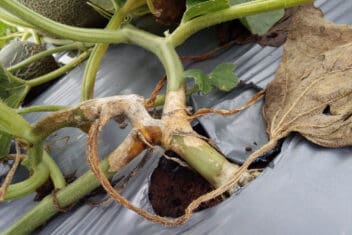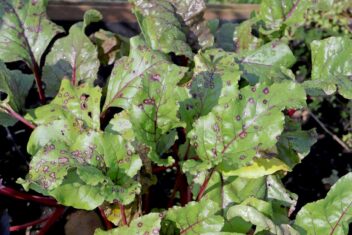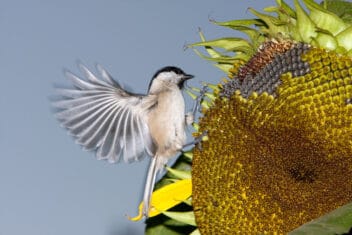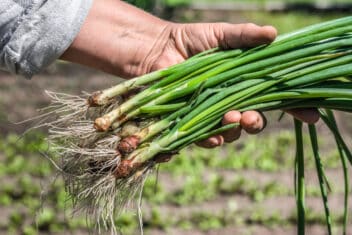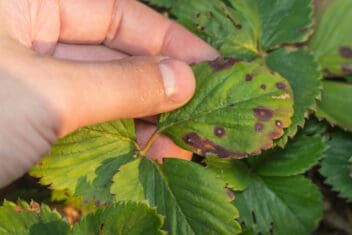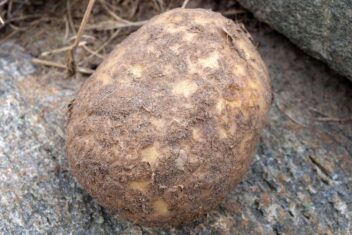We love our roses, right? There is nothing like a big archway covered in them, rose-adorned pots lining the path, or splendid bushes packed with incredible blooms. And that’s not to mention the incredible smell that some have.
It’s especially awful when disease sets in and threatens to destroy the prized collection, not to mention all that hard work.
Time to talk about one of the most damaging and feared rose diseases: black spot. Don’t worry, you don’t have to give up on growing roses if this disease is present. There are things you can do.
What is Black Spot?
Black spot is caused by the fungus Diplocarpon rosae, which spreads rapidly if not dealt with promptly.
It has been observed and recorded in many countries across the Northern Hemisphere since the early 1800s.
When the disease and spores are just forming in the asexual stage, the disease is referred to as Marssonina rosae. When it reaches maturity and has the capacity to reproduce, it’s referenced under the Diplocarpon rosae banner.
Both terminologies are black spot, but determines the stage of the disease.
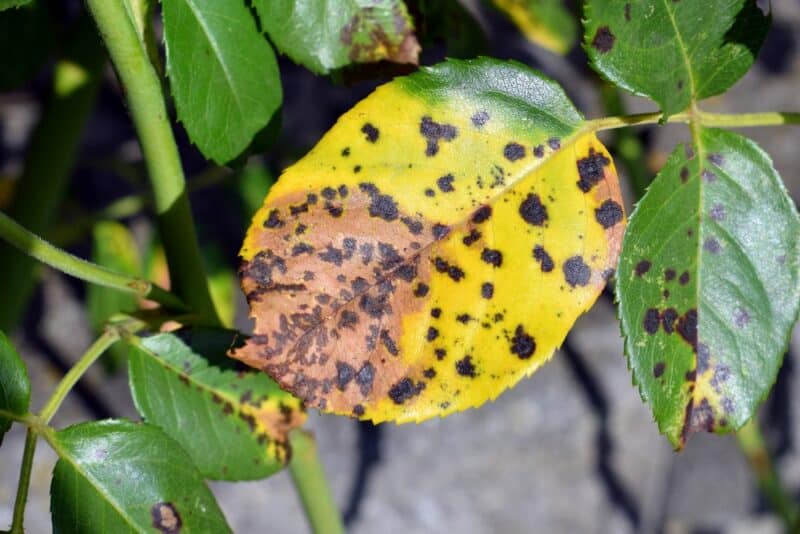
It’s part of the Dermataeceae family of fungi, which is a group of pathogens that spread disease. In this case, it stunts rose growth and absorption of nutrients.
The first sign that a rose plant is infected is when small black dots appear on the leaves, quickly becoming widespread, leading to large blackening areas. As the disease takes hold, the leaves discolor around the edges, turning yellow, brown, and pale green.
As black spot spreads on the rose, infected leaves will drop off as the plant aborts them.
Black spot will eventually affect all parts of the plant above ground, including buds, leaves, stems, and any emerging growth.
It’s a disease specific to the Rosa genus and can’t infect other plants.
How Does Black Spot Spread?
Being a fungus, this disease predominantly spreads from the host plant through spores. These spores are released through leaf lesions or damaged plant surfaces and carried to other plants or other areas of the same plant.
It’s a tricky disease as it can spread via water droplets through irrigation, rain, watering, and morning dew.
People, insects, and animals assist the spread when we touch an infected plant and then touch an uninfected one.
Using dirty tools can also spread this disease through your garden. The fungus is able to survive on tools for up to a month if not cleaned.
The spores can lay dormant in old plant debris for long periods and, when weather conditions are right, will spread and replicate. The fungus doesn’t live in the soil, but on the plant materials left in the soil.
Black spot targets vulnerable plants that have been or are under stress, whether from environmental impacts, compact growing, poor soil conditions, root-bound issues, insect attacks, or lack of nutrients or care. But it can infect healthy plants, too.
Eventually, if untreated, black spot can impact all your roses and will become hard to control.
A rose with black spot in one season can harbor spores for the following year.
Cuttings of infected plants can mimic poor growth patterns, and spores of black spot can be present, risking further spread of the disease.
A plant with black spot is eventually unable to photosynthesize and will be unable to develop flowers, form leaves, or put out new growth.
Signs of Black Spot
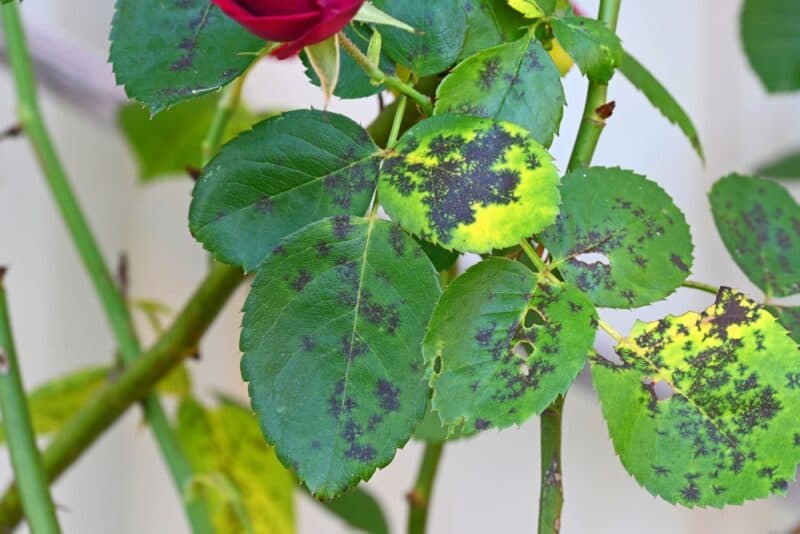
Indications that black spot has infected a plant are purple or black spots on the top layer of a leaf, almost like black paint splatter, or a few interjoining black smudges. The dark circles might develop a yellow halo.
The distinctive fringed pattern on the margins of the spots differentiates it from other similar diseases.
As the black spots spread, the infected leaves eventually turn yellow, die, and fall off.
Generally, the first signs can be seen on the lower leaves, gradually moving up the plant through the stem of the rose until the entire plant has been defoliated.
Black spot can present on other plants, shrubs, and trees, in varying forms, but it’s caused by a totally different fungus. There is no risk of cross-contamination as the pathogen that infects roses doesn’t infect other genera.
So the vegetable patch and orchard aren’t at risk. Rose black spot can’t infect your other plants.
Treatment
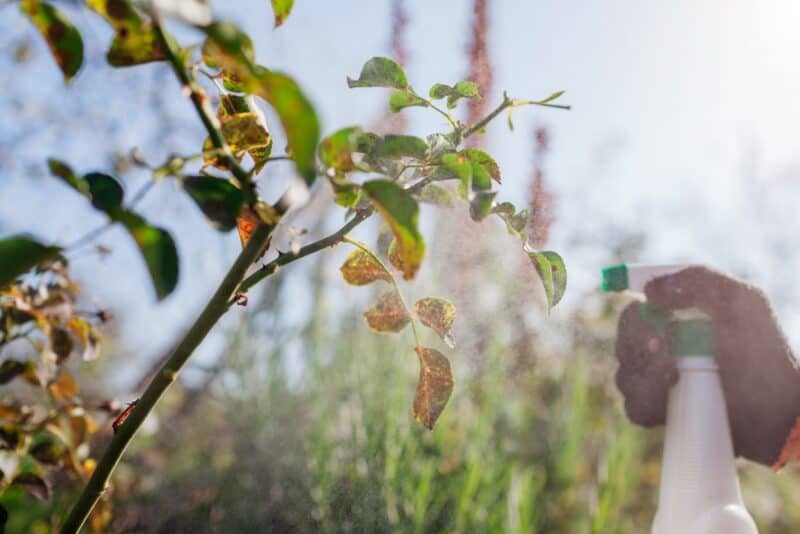
The first step in treating this disease is to remove any symptomatic leaves and dispose of them. Then, spray the plants with a fungicide containing mancozeb, maneb, sulfur, or copper.
You will need to treat repeatedly, and it’s best to rotate the type of product you’re using.
Remove any fallen debris immediately and continue to cut away symptomatic tissue.
Prevention and Treatment Do’s and Don’ts
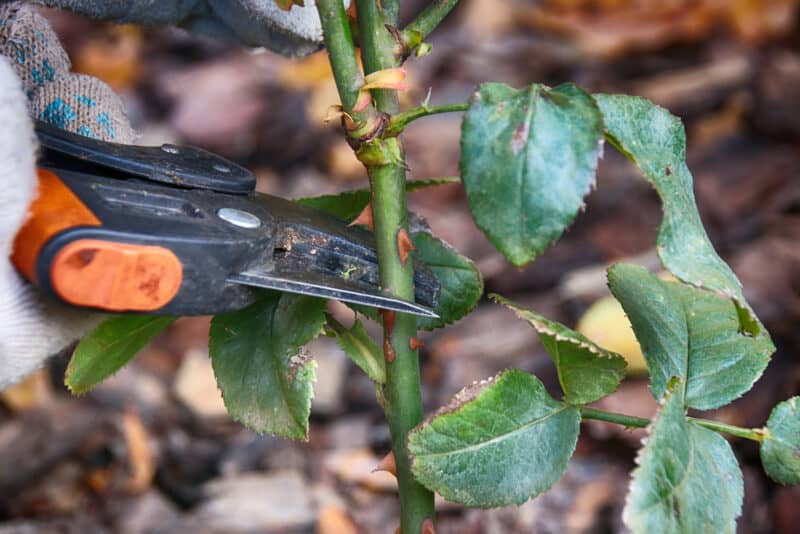
- Do put infected material in a sealable bag for disposal, or burn immediately.
- Don’t dispose of any infected material in the compost or leave them on the ground.
- Do research the conditions the rose thrives in before planting to avoid disease.
- Don’t plant roses in nutrient-deficient ground or where diseased plants grew.
- Do ensure the rose has enough but not too much moisture.
- Don’t allow the rose to dry out at the roots.
- Do plant roses the appropriate distance apart for the variety to ensure airflow.
- Don’t plant roses close to other trees or shrubs because it restricts airflow.
- Do clean and disinfect all tools between plants.
- Don’t neglect tools to wash tools that you haven’t used in a while.
- Do water roses at soil level or use a drip irrigation system to keep the leaves dry.
- Don’t overhead water or use a sprinkler system because water attracts disease.
- Do purchase healthy roses and plants from reputable nurseries or growers.
- Don’t purchase roses that have damage or signs of disease.
- Do consider isolating roses if you suspect they have black spot while you treat them.
- Don’t fail to start treating immediately.
- Do preventatively spray and treat with fungicide immediately upon seeing symptoms.
- Don’t spray and walk away. Regular treatment and monitoring is necessary.
- Do consider removing the entire rose if the disease is widespread.
- Don’t take cuttings from diseased roses.
- Do feed roses regularly with a balanced rose fertilizer to keep them healthy.
- Don’t feed roses fertilizers too rich in nitrogen, as this encourages disease.
- Do mulch around the base of the rose, but not touching the stems) to retain moisture.
- Don’t repurpose mulch, as black spot spores can be present.
- Do research the best-suited rose for your purpose, Zone, and soil type.
- Don’t go with the look of the bloom only.
Disease Resistant Roses
Many hybrids are being developed to assist the gardener in battling disease problems. These are termed disease resistant on labels.
Here is a list of ten disease-resistant roses with their USDA Hardiness Zones to get you started:
- Honeymoon ‘Arborose’ climbing – Zones 5-9
- ‘Like No Other’ floribunda – Zones 5-9
- ‘Our Lady of Guadalupe’ floribunda – Zones 5-9
- Rugosa – Zones 2-7
- ‘Blanc Double de Coubert’ rugosa – Zones 4-9
- ‘Plum Perfect’ (KORvodacom) floribunda – Zones 5-9
- ‘Queen Elizabeth’ floribunda – Zones 5-9
- Citiscape ‘Bordeaux’ (KORelamba) floribunda – Zones 3-9
- ‘Julia Child’ (EKvossutono) – Zones 4-9
- Drift ‘White’ (MEIzorland) – Zones 4-11
Other Diseases That Look Similar
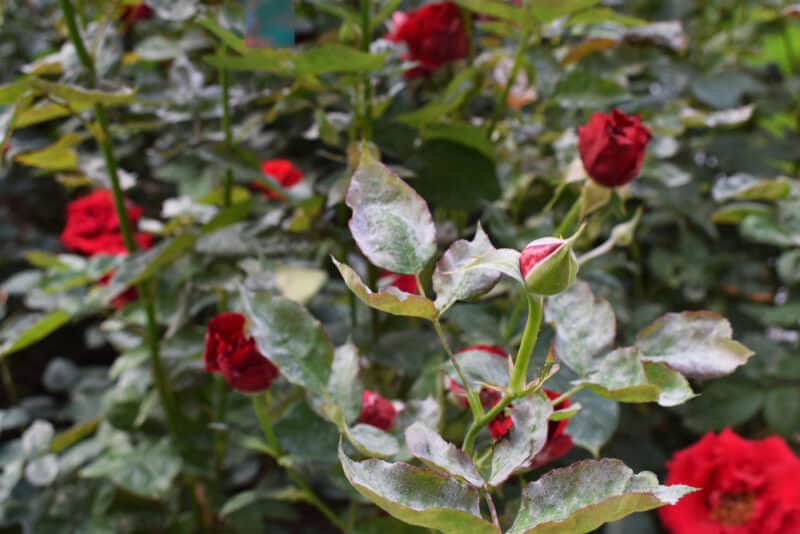
It’s essential to diagnose the disease correctly to prevent, control, and treat it. There are a few diseases that appear similar to black spot on roses:
- Powdery mildew causes gray spotting.
- Cercospora leaf spot causes black spots that have some purple as they age. The centers will eventually turn grey and drop out.
- Rust causes powdery orange or black spots on the underside of the leaves. These spots will be raised.
- Botrytis blight causes grayish-black lesions on the stem but not the leaves.
- Crown gall causes wart-like brown or black growths on the base or lower stem of the plant.
- Stem canker causes lesions ringed in black or purple on the canes.
